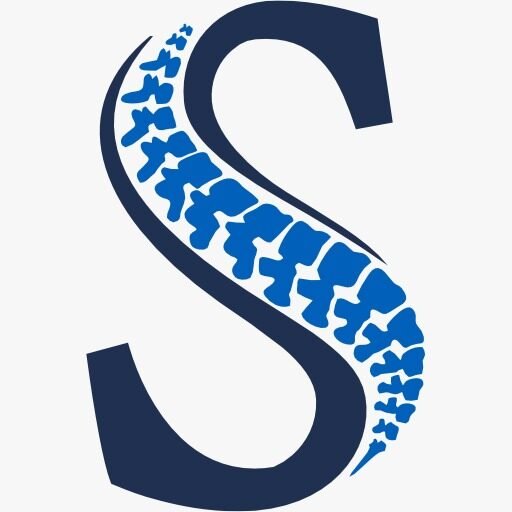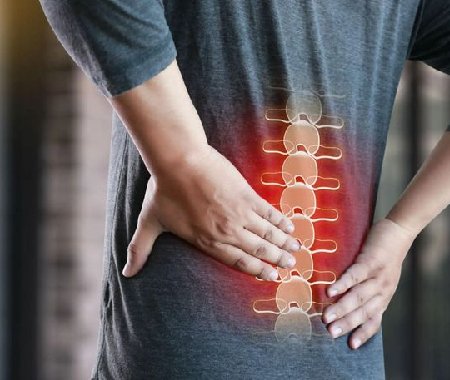- Kadakiasarthak@gmail.com
- Shimpoli, Borivali West, Mumbai, Maharashtra 400092
- Mon - Sun: 9:00 am - 9:00 pm
- Home
- About Us
- Treatments
- Acute Low back Pain
- Ankylosing Spondylitis
- Back Pain
- Back Pain in Pregnancy
- Degenerative Disc Disease
- Facet Syndrome
- Kyphosis
- Lumbar Spondylosis
- Lumbarisation & Sacralisation
- Neck Pain
- Osteoporosis
- Sciatica
- Scoliosis
- Slip Disc
- Spondylosis
- Herniated Disc
- Spinal Fusion
- Spinal Stenosis
- Spinal Injections
- Spondylolisthesis
- Physiotherapy In Spine
- Exercises
- Minimal Invasive Spine Surgery – General
- Micro Endoscopic Minimal Invasive Spine Surgery
- Common Spinal Stenosis
- Insights
- Gallery
- Blog
- Contact Us
Dr. Sarthak Kadakia, renowned as the best spine surgeon in Mumbai, expertly combines cutting-edge techniques and personalized care, ensuring optimal outcomes for patients seeking spine health solutions.
Visiting Hours
| Mon - Fri: | 8:00 am - 8:00 pm |
| Saturday: | 9:00 am - 6:00 pm |
| Sunday: | 9:00 am - 6:00 pm |
Gallery Posts










